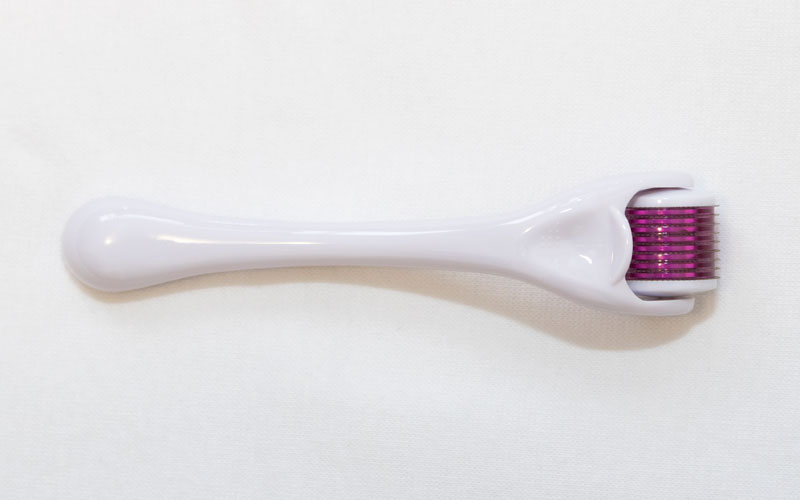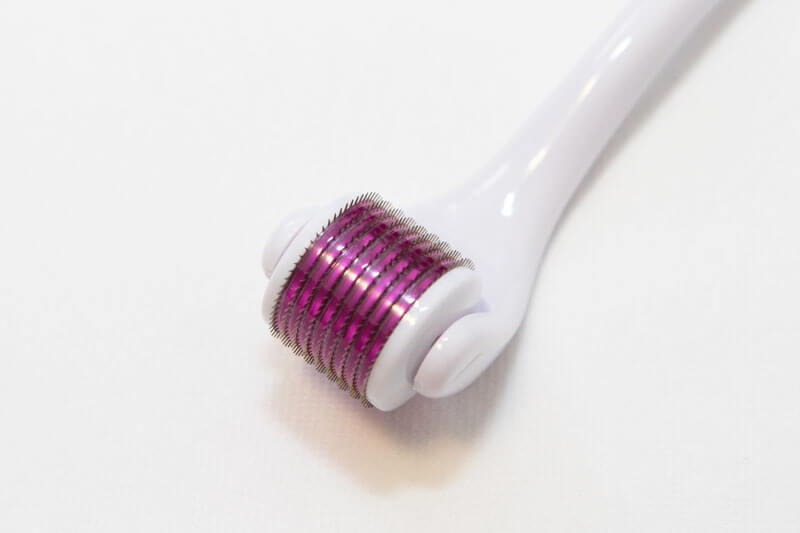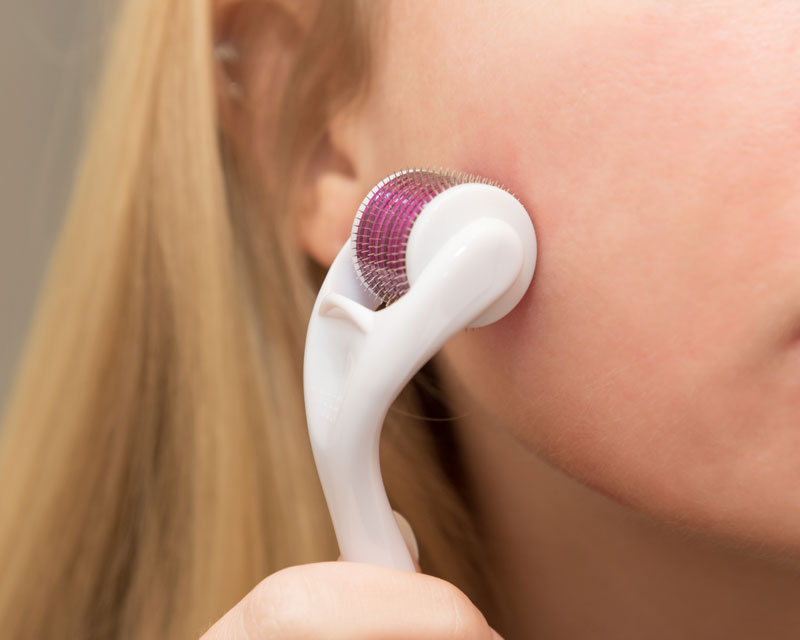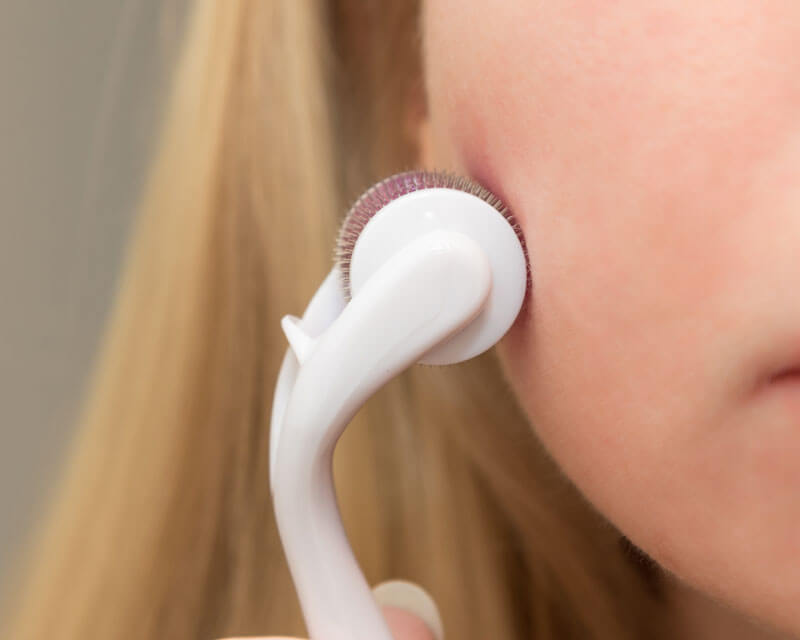Hello, This question is for Nicki. Could Microneedling theoretically cure seborrheic dermatitis as the underlying cause of seborrheic dermatitis is an impaired skin barrier and microneedling is a skin rejuvenation procedure? I acquired seborrheic dermatitis a little over 2 years ago and I’ve done extensive research on PubMed to find the underlying cause and it is an impaired skin barrier. I’ve had several bouts of depression and on my last bout I acquired it as psychological stress wears down the skin barrier according to PubMed. Thanks for your help, T.
Dear T,
First, let me give some backstory for those readers who don’t know what seborrheic dermatitis is. According to the Mayo Clinic, seborrheic dermatitis is a common skin condition that causes scaly patches, red skin and stubborn dandruff. It’s most commonly found on the scalp, but it may also affect the face, sides of the nose, eyebrows, ears, eyelids and chest.
A number of factors cause seborrheic dermatitis, but it is most commonly caused by one of two things: Either a yeast called Malassezia furfur, or an impaired immune system, or both. You mentioned that you have depression (I’m sorry to hear this), and as a form of psychological stress, it absolutely can affect your skin’s delicate bacterial balance and overall brain-gut-skin connections, allowing M. furfur to propagate.
Seborrheic dermatitis is most commonly treated with antifungal treatments like 2 percent ketoconazole (Nizoral) or 1 percent ciclopirox. Alternatively, and particularly if you have signs of systemic inflammation, your doctor may instead choose to treat with anti-inflammatory treatments like prescription corticosteroids.


Your question on seborrheic dermatitis and microneedling (or dermarolling) is a good one. Theoretically, I can see why you would want to slough off the rough, deadened skin cells with microneedling or dermarolling. However, I can tell you that it is not a good idea. For one, a side effect of microneedling in some persons is that it causes the skin to reflexively produce more oil. In persons with seborrheic dermatitis, the condition tends to propagate most in areas with more oil, such as the T-zone. Therefore, if you undergo microneedling or try dermarolling and are one of the people whose skin responds by producing more oil, your condition could in theory get considerably worse. For another, microneedling (or dermarolling) may exacerbate inflammation within the skin.


Lastly, the major effect of microneedling (or dermarolling) is not just deep exfoliation, but the idea that it allows for ingredients to penetrate the skin more deeply. Antifungal and anti-inflammatory ingredients treat seborrheic dermatitis the vast majority of the time just fine, even without deep exfoliation. I would personally save the microneedling and dermarolling for use on healthy, youngish skin on persons who don’t have any conditions associated with acute or widespread systemic inflammation, and before use of antioxidant serums and those types of treatments.
Hope this helps,
Nicki

